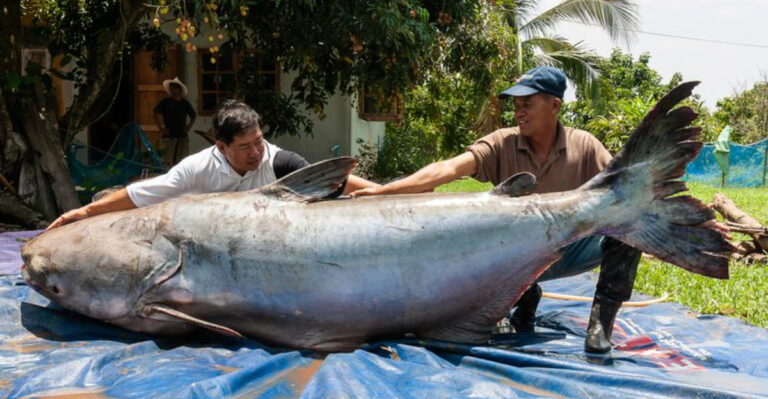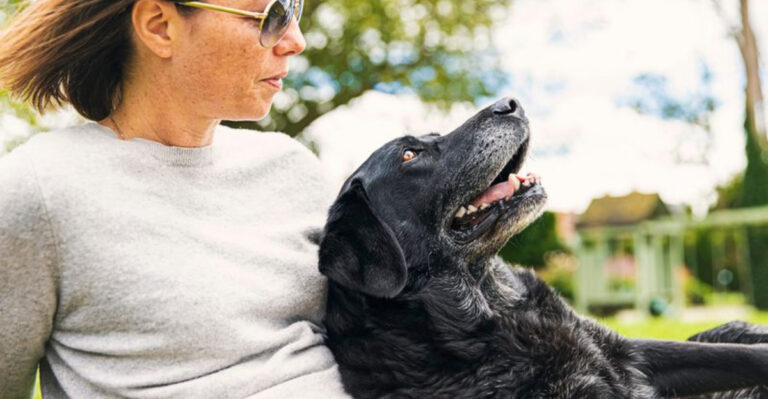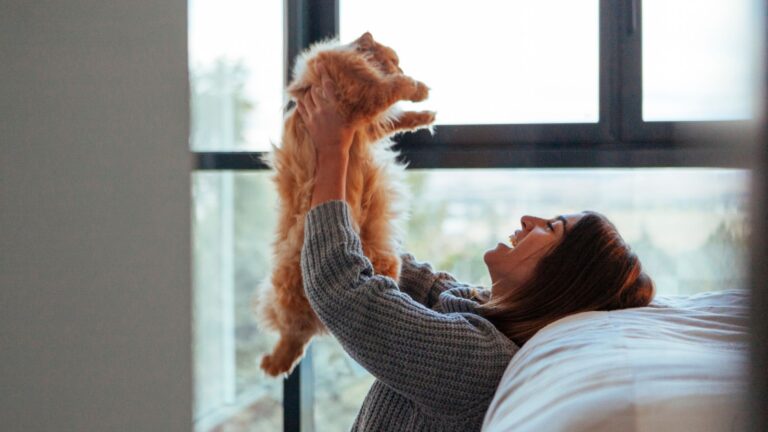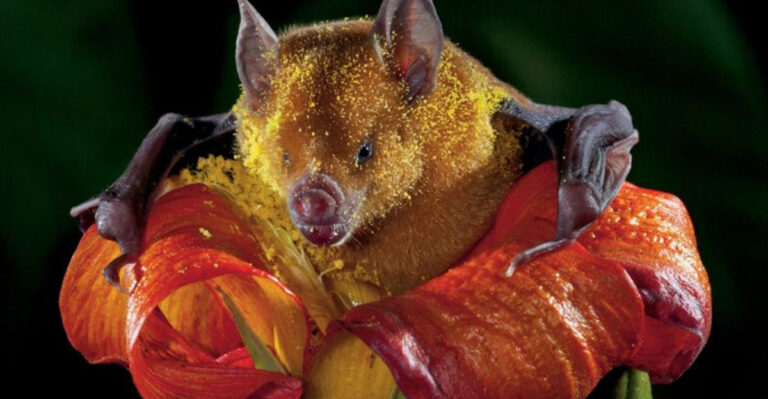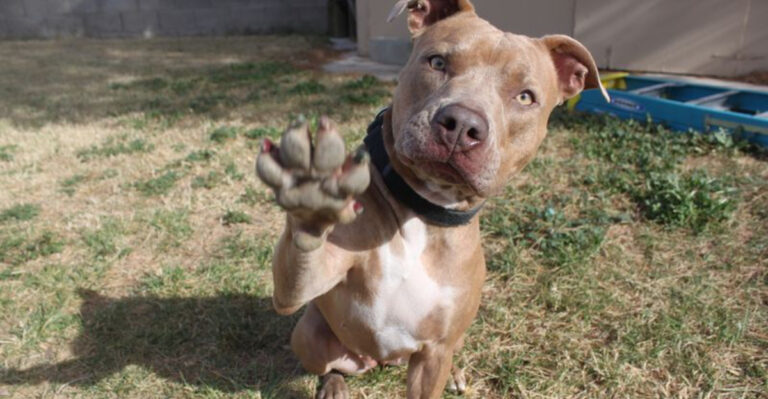10 Key Differences Between Indoor And Outdoor Cats Every Cat Owner Should Know
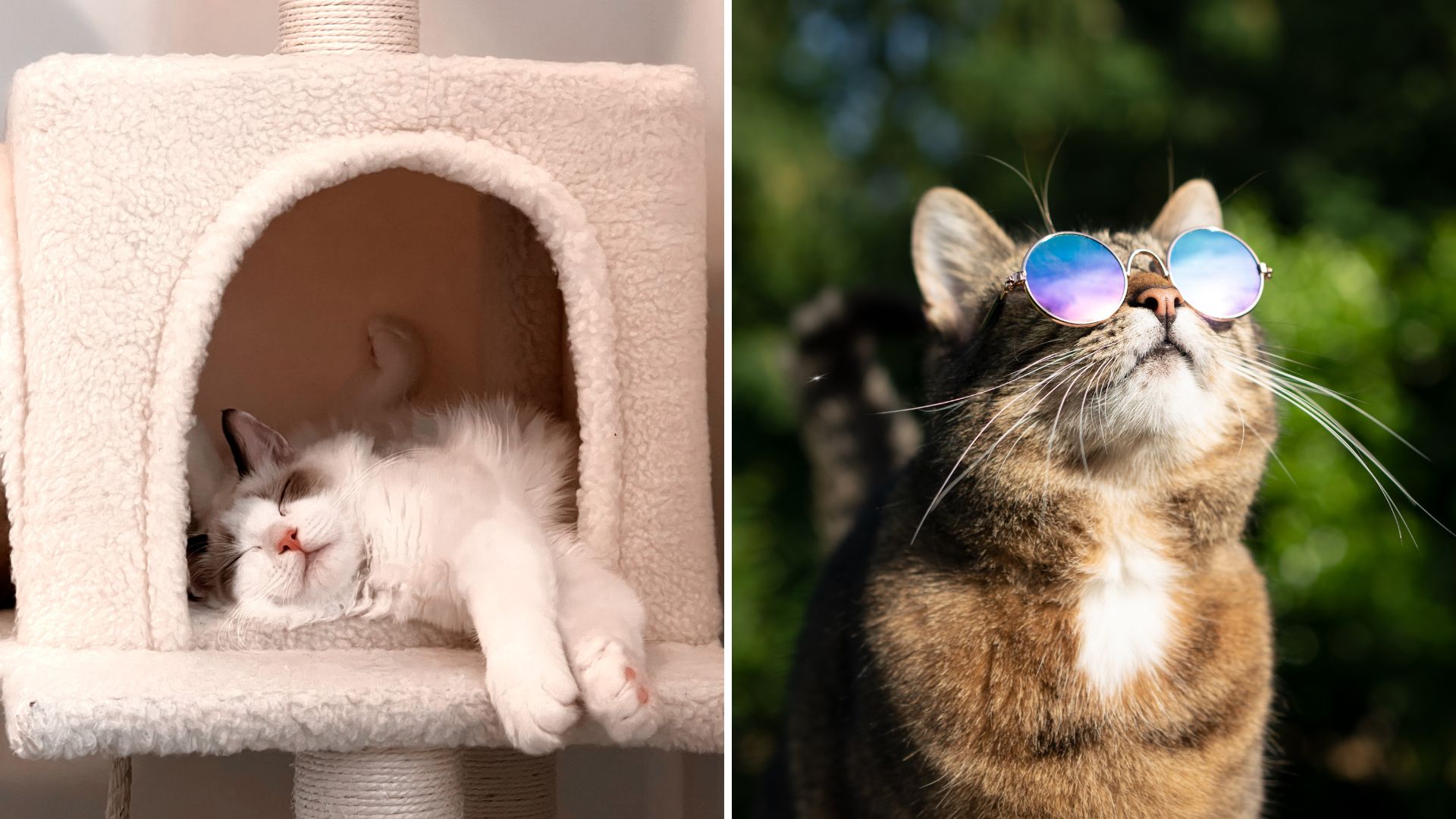
Cats are fascinating creatures with diverse lifestyles, primarily categorized into indoor and outdoor living. Both environments offer distinct experiences for our feline friends, impacting their health, behavior, and overall well-being.
Let’s explore ten key differences between indoor and outdoor cats, shedding light on how these unique lifestyles shape our beloved pets.
1. Safety And Risks
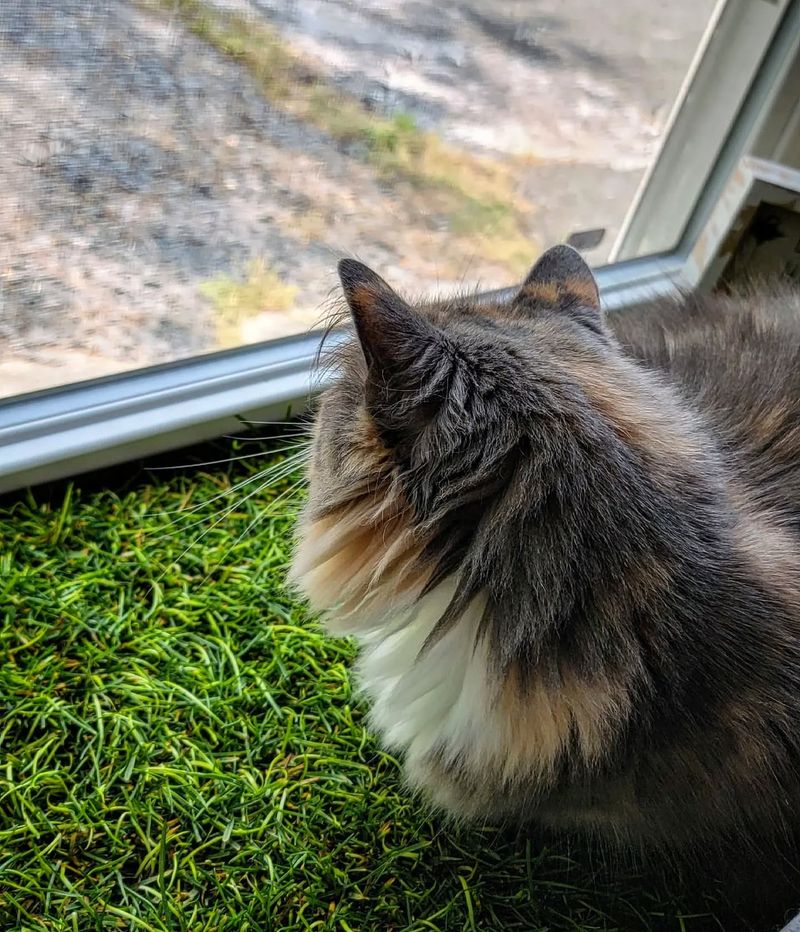
Indoor cats generally enjoy a safer environment compared to their outdoor counterparts. Living inside significantly reduces their exposure to dangers such as traffic, predators, or harsh weather conditions. These felines are less likely to be involved in accidents, which contributes to their overall well-being. Owners can rest easy knowing their indoor cats are in a controlled, hazard-free zone.
On the other hand, outdoor cats face numerous risks daily. While they relish the freedom to roam and discover, they are also more susceptible to threats. Street traffic poses a significant danger, and encounters with other animals can lead to injuries or diseases. Despite the excitement of exploration, outdoor life demands a vigilant and cautious approach to ensure safety.
Taking precautions can mitigate these risks. For example, fenced yards or monitored outdoor playtime can offer outdoor cats some protection without restricting their natural instincts. Understanding these differences helps cat owners make informed decisions about their pet’s lifestyle, balancing safety and enrichment.
2. Health And Lifespan
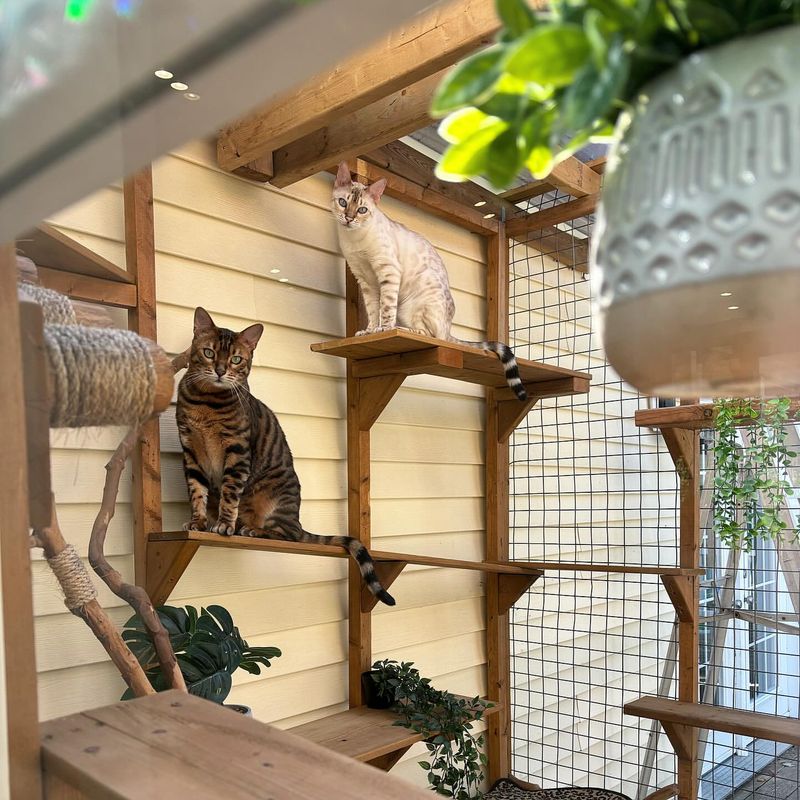
Indoor cats often enjoy a longer lifespan thanks to a stable environment. Consistent access to nutritious food, regular veterinary care, and protection from external threats contribute to their longevity. These cats can live well into their teens or even twenties, benefiting from modern veterinary advancements.
Conversely, outdoor cats encounter more health challenges. Exposure to parasites, infectious diseases, and poor nutrition can compromise their health. The unpredictability of their environment often leads to a shorter lifespan compared to indoor cats. Owners of outdoor cats need to be proactive in providing regular vet check-ups and vaccinations to mitigate these risks.
While outdoor cats might face more health issues, their active lifestyle can keep them physically fit. Engaging with nature presents opportunities for exercise and mental stimulation. Balancing these aspects, whether through supervised outdoor time or enriching indoor environments, can enhance a cat’s quality of life, merging the best of both worlds.
3. Social Interaction
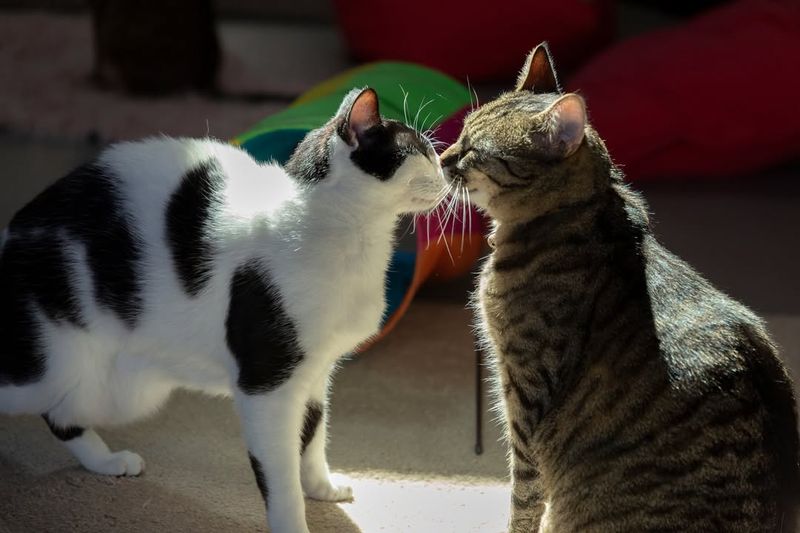
Indoor cats typically form strong bonds with humans due to constant proximity. Regular interaction with family members enhances their social skills, making them more affectionate and reliant on human companions. Engaging in playtime, grooming, and cuddling fosters a deep connection between indoor cats and their owners.
In contrast, outdoor cats have the opportunity to engage with a broader range of social experiences. Interacting with other cats and animals in their environment can lead to the development of complex social behaviors. They often establish hierarchies and territories, which requires them to adapt socially in ways their indoor counterparts might not.
Despite the differences, both indoor and outdoor cats can benefit from social enrichment. For indoor cats, inviting friends over or introducing new toys can provide novel experiences. Outdoor cats can enjoy human interaction during feeding times or play sessions, ensuring they also receive affection and care.
4. Diet And Nutrition
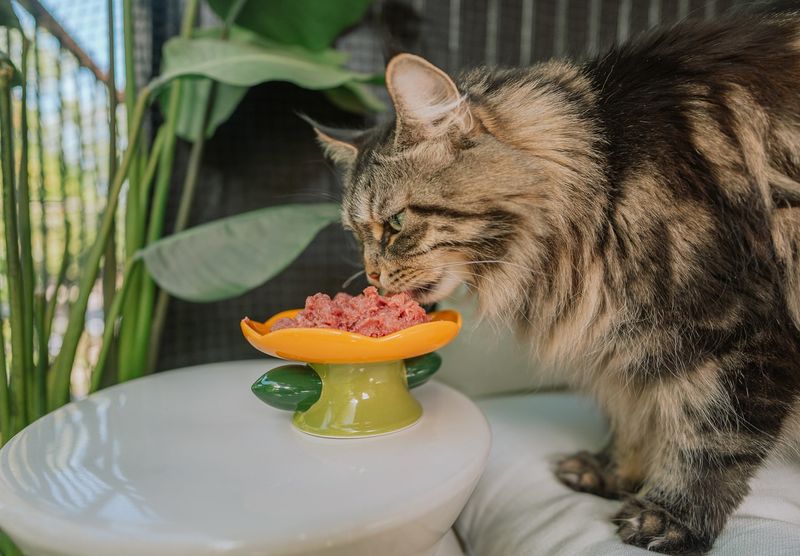
Indoor cats often have a regulated diet, meticulously curated by their owners. With access to high-quality commercial cat food, they receive balanced nutrition that supports their health needs. Owners can easily monitor their diet, ensuring portion control and minimizing the risk of obesity.
Outdoor cats, however, may have a less predictable diet. While they often hunt small prey to supplement their nutrition, reliance on hunting can lead to inconsistent feeding habits. This lifestyle can expose them to parasites or diseases from wild animals. Owners may find it challenging to ensure their outdoor cat is getting all necessary nutrients.
Both types of cats benefit from a balanced diet, though the approach differs. Indoor cats thrive on controlled feeding routines, while outdoor cats require supplemental feeding to guarantee nutritional balance. Providing high-quality food and monitoring health can help bridge the dietary gap between these two lifestyles.
5. Exercise And Activity
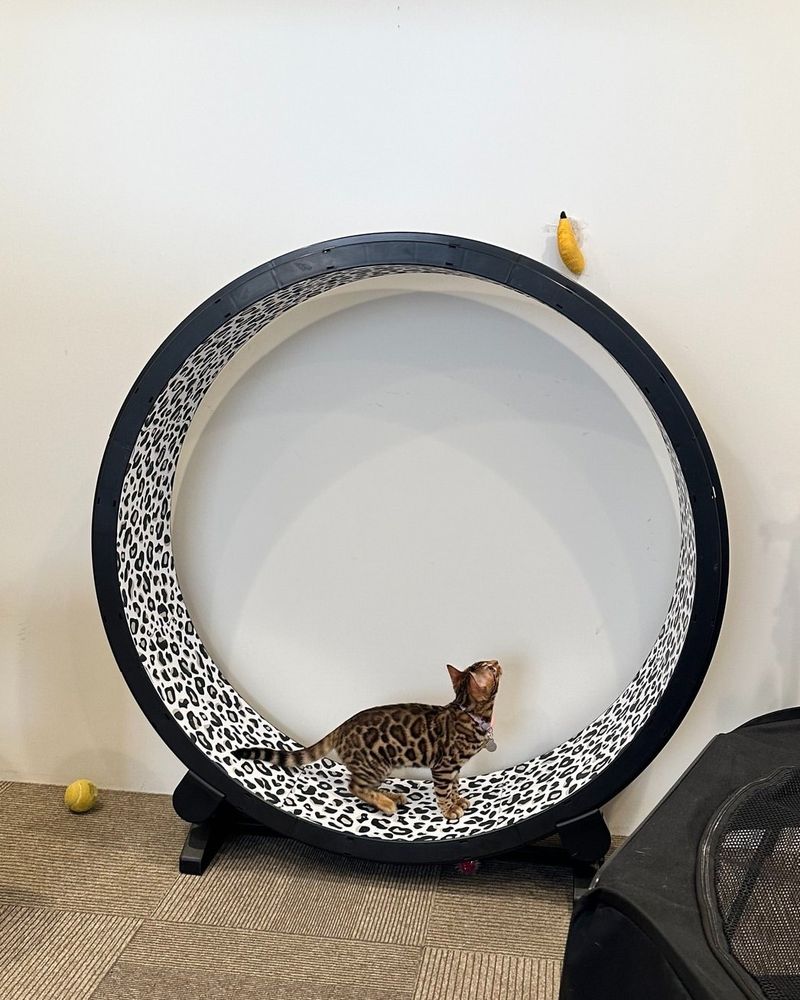
Indoor cats may have fewer opportunities for physical exercise compared to outdoor cats, often leading to a more sedentary lifestyle. However, owners can encourage activity through interactive toys, climbing structures, and playtime, which are essential for maintaining a healthy weight and mental stimulation.
Outdoor cats naturally engage in more physical activity due to their environment. Climbing trees, hunting, and exploring vast areas provide them with a variety of exercises that keep them fit and agile. This active lifestyle supports their physical health and prevents issues related to inactivity.
Combining elements from both lifestyles can enhance a cat’s health. For indoor cats, creating stimulating environments with varied activities can mimic the benefits of outdoor life. Outdoor cats can benefit from safer play areas that allow them to exercise freely while minimizing potential hazards.
6. Mental Stimulation
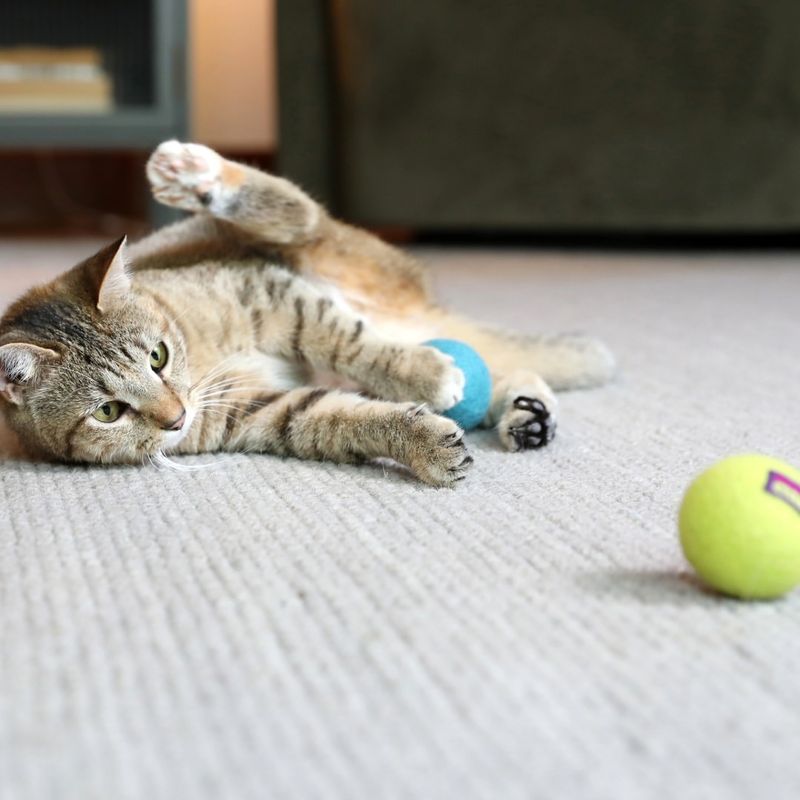
Indoor cats often require intentional enrichment to satisfy their natural curiosity. Puzzle feeders, interactive toys, and window views can provide necessary mental stimulation. Owners should rotate toys and activities to keep their indoor cats engaged and mentally sharp.
Outdoor cats experience an abundance of sensory stimulation through their environment. The sights, sounds, and smells of nature offer endless opportunities for mental engagement. This constant exposure to new stimuli helps maintain cognitive function and reduces boredom.
Both indoor and outdoor cats benefit from activities that challenge their minds. Indoor environments can be enriched with novelty and complexity, while outdoor adventures can be made safer with supervised exploration. Balancing mental stimulation keeps cats content and prevents behavioral issues.
7. Grooming And Cleanliness
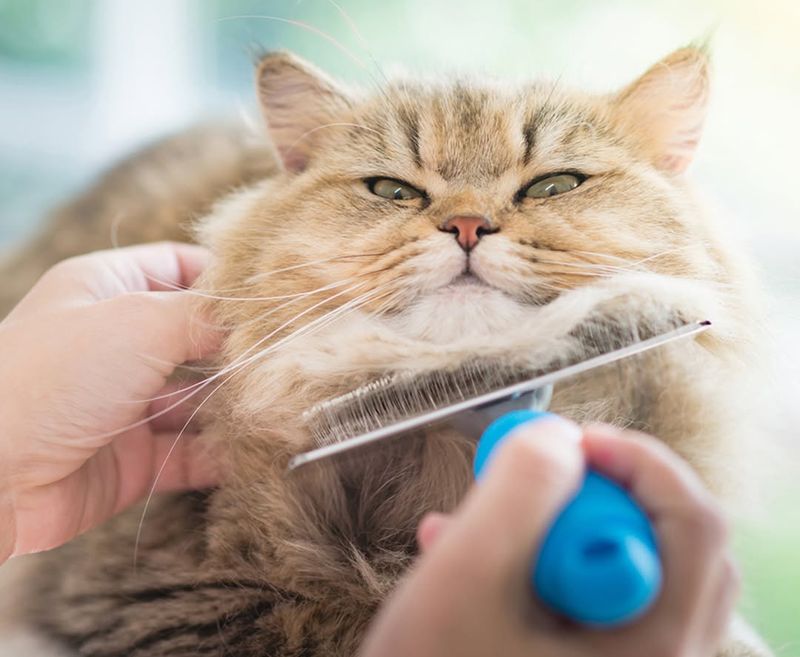
Indoor cats generally maintain better grooming habits due to their cleaner environments. They are less likely to encounter dirt, debris, or parasites, which simplifies grooming routines. Regular brushing and occasional baths can keep their coats sleek and healthy.
Outdoor cats face different grooming challenges. Exposure to mud, plants, and insects requires them to groom more frequently and thoroughly. Their coats may become more tangled or matted, necessitating additional care from their owners to maintain hygiene and comfort.
Both indoor and outdoor cats benefit from attentive grooming. Owners should regularly check for fleas or ticks, regardless of their cat’s lifestyle. Consistent grooming practices ensure all cats are healthy, comfortable, and free from skin irritations.
8. Environmental Impact
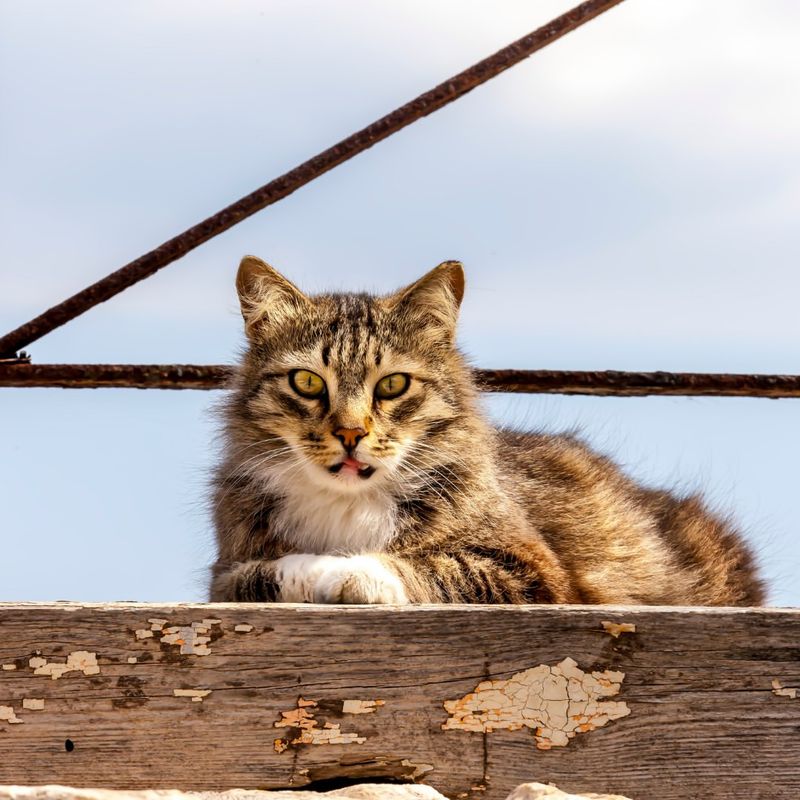
Indoor cats have minimal impact on local ecosystems since they remain within the confines of a home. They interact less with wildlife, reducing potential harm to native species. This lifestyle is often seen as more environmentally friendly, especially when owners opt for sustainable pet products.
Outdoor cats, however, can significantly affect local wildlife. Their hunting instincts might lead to the decline of certain bird and small mammal populations. This impact on biodiversity is an essential consideration for owners who allow their cats to roam freely.
Owners can address these environmental concerns by supervising outdoor time or providing stimulating indoor alternatives. Balancing a cat’s natural instincts with ecological responsibility can lead to a more harmonious relationship with the environment.
9. Training And Discipline
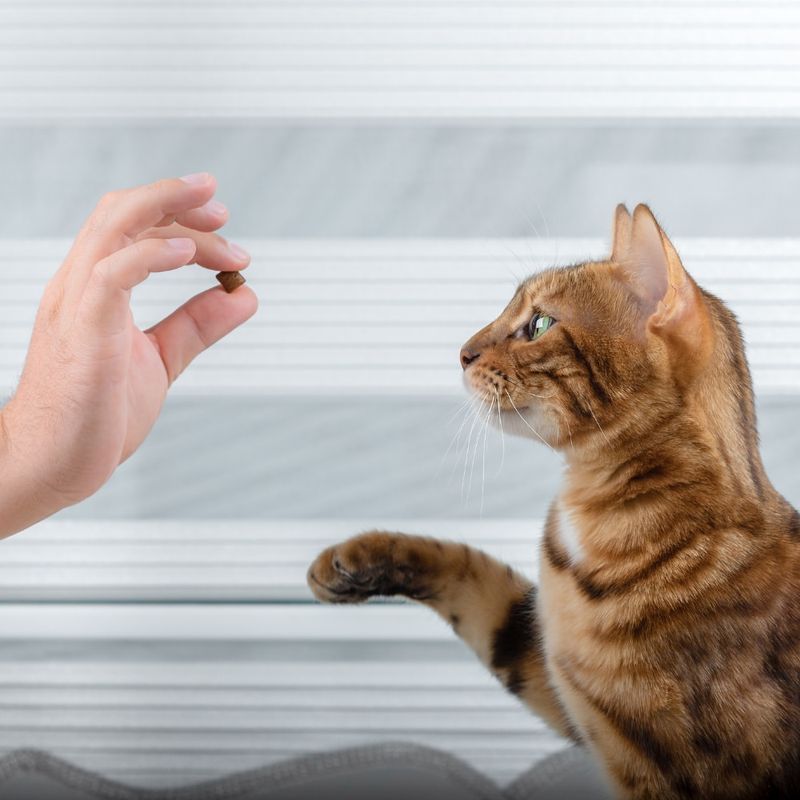
Indoor cats have ample opportunities for training and discipline due to their controlled environment. Owners can teach them tricks, litter box use, and appropriate behavior, which strengthens the bond between pet and owner. Positive reinforcement, like treats and affection, is key to successful training.
Outdoor cats develop a different type of discipline through experience. Navigating the complexities of their environment requires self-control and adaptability. While formal training is less common, outdoor cats learn to assess risks and make decisions based on past encounters.
Both indoor and outdoor cats benefit from structured guidance. Indoor cats thrive with routine training sessions, while outdoor cats learn from real-world experiences. Encouraging learning in both settings nurtures well-rounded, adaptable pets.
10. Cost And Maintenance
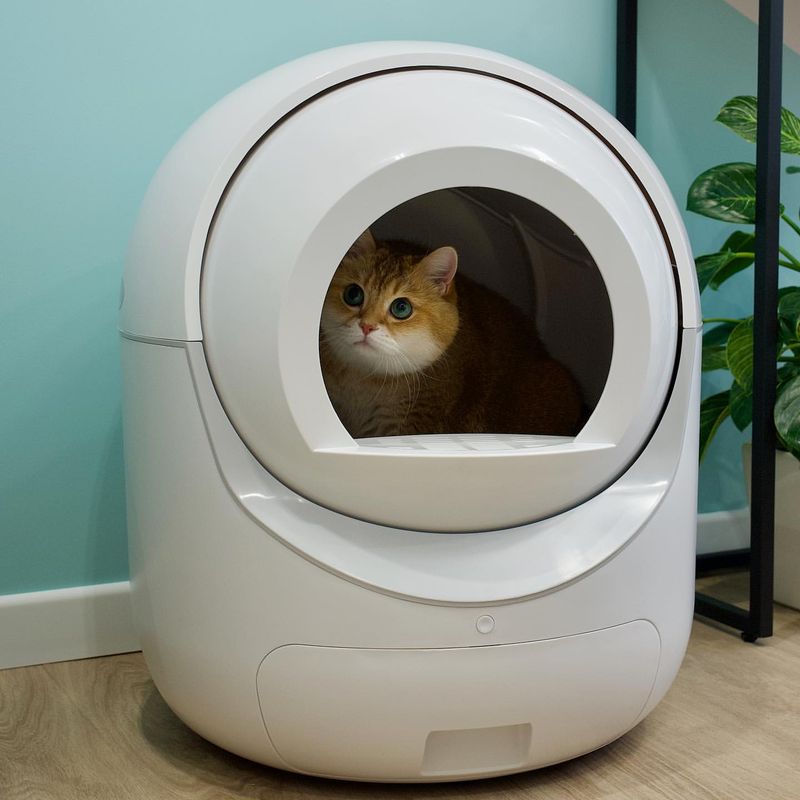
The cost of maintaining an indoor cat can be significant due to the need for litter, toys, and regular veterinary care. Owners often invest in comfortable living spaces with cat trees, scratching posts, and other accessories. These expenses ensure a high quality of life for indoor cats.
Outdoor cats may incur fewer direct costs but require different forms of investment. Providing regular medical check-ups, vaccinations, and parasite prevention measures is crucial. Additionally, outdoor cats might need extra nutrition and shelter during adverse weather conditions.
Managing costs effectively depends on understanding the specific needs of the cat’s lifestyle. Budgeting for health care and enrichment, whether indoors or outdoors, is essential for a cat’s well-being and the owner’s peace of mind.

